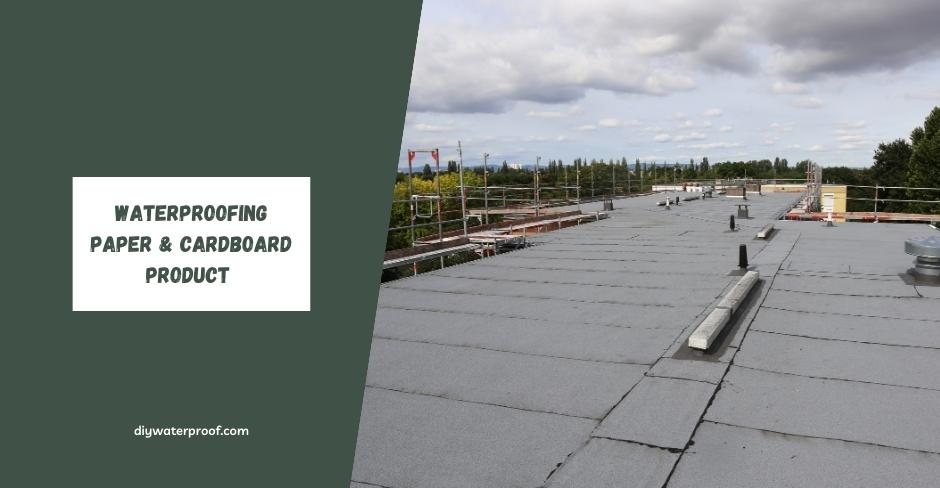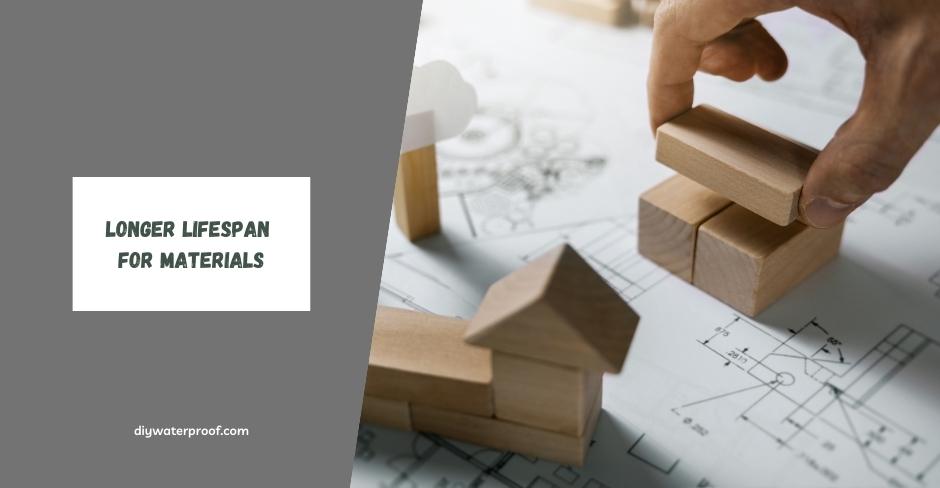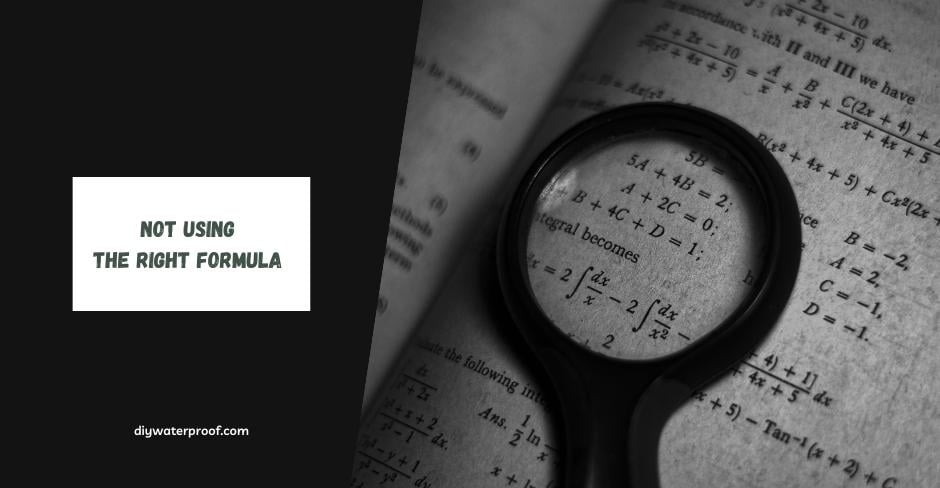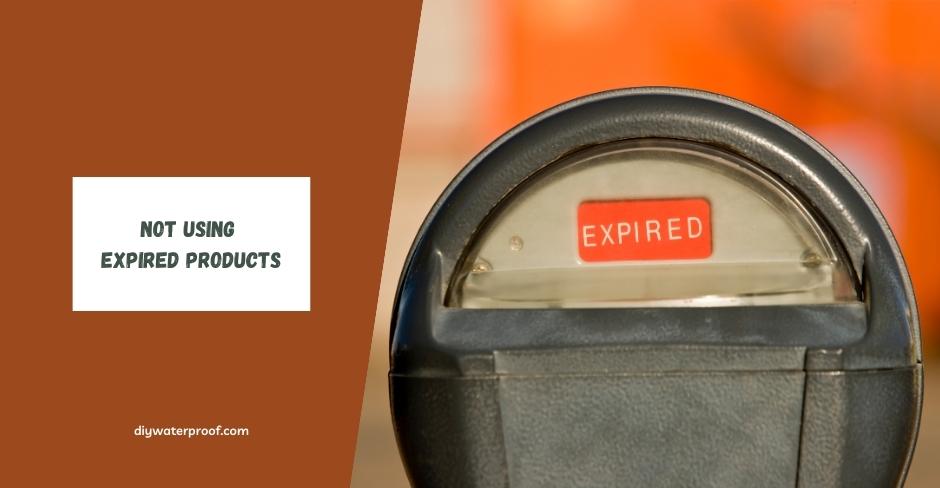PVA, or Polyvinyl Acetate, is a type of polymer that is commonly used in adhesives, paints, and coatings.
It has many properties that make it useful for various applications, including its ability to form strong bonds with different materials and its water resistance.
One of the most frequently asked questions about PVA is whether it can be used as a waterproofing agent.
PVA is commonly used in waterproofing solutions because it has excellent adhesive properties, making it an effective bonding agent.

When applied to a surface, PVA molecules bond with each other and form a robust and flexible film that can protect against water penetration.
Depending on the specific formula of the waterproofing solution, additional additives may be included to enhance its water-resistant properties.
These additives may include cement, acrylic resins, or other polymers. Read this blog post to learn can you waterproof with PVA and the various applications of this versatile polymer.
Applications of PVA Waterproofing
1. Concrete Surfaces
One common application of PVA waterproofing is for concrete surfaces such as basements, tunnels, and foundation walls.
The PVA-based solution is typically spray-applied onto the surface, forming a thin, protective layer that can prevent water from seeping through.

This waterproofing method is frequently used in construction projects to increase the longevity and durability of concrete structures.
2. Fabric & Textiles
Another widespread use for PVA waterproofing is in fabric and textile manufacturing.
By treating fabrics with a PVA-based solution, they become more water-resistant, making them suitable for outdoor clothing and equipment such as tents or raincoats.
The flexible film formed by PVA also adds an extra layer of protection against UV rays, extending the fabric’s lifespan.
3. Wood Surfaces
PVA waterproofing solutions are also effective for protecting wood surfaces such as decks, fences, and furniture.
When applied correctly, it can provide a protective barrier against moisture and prevent wood from rotting or warping.
This makes PVA waterproofing an excellent choice for outdoor wood surfaces exposed to harsh weather conditions.
4. Paper & Cardboard
PVA can also be used as a waterproofing agent for paper and cardboard products.
By adding PVA to the mixture that creates these materials, they become more resistant to water damage and less likely to tear or warp when wet.

This is especially useful in packaging applications where the contents need protection from moisture.
Can You Waterproof With PVA: Important Factors
1. Protection Against Water Damage
By using PVA waterproofing, you can protect various surfaces and materials from water damage. This is particularly important in building construction, where moisture can cause structural issues over time.
2. Prevents Mold & Mildew Growth
Moisture buildup on surfaces can lead to the growth of harmful mold and mildew. By using PVA waterproofing, you can prevent this problem and ensure a healthier environment.
3. Longer Lifespan for Materials

Waterproofing with PVA can extend the lifespan of various materials by protecting them from water damage, UV rays, and other environmental factors that can cause wear and tear.
4. Cost-Effective Solution
PVA waterproofing is a cost-effective solution compared to other methods such as sealing or coating. It is easy to apply, dries quickly, and provides long-lasting protection against water penetration.
5. Versatile Applications
As mentioned earlier, PVA waterproofing has various applications in different industries, making it a versatile solution for protecting a wide range of materials.
6. Environmentally Friendly
PVA is non-toxic and environmentally friendly, making it a safe option for waterproofing. Additionally, because it can extend the lifespan of materials, it can reduce waste and promote sustainability.

PVA is an excellent choice for waterproofing due to its adhesive properties and ability to form a flexible film that protects against water penetration.
Its versatility makes it suitable for use in various industries and applications such as concrete surfaces, fabrics, wood, paper, and more.
Mistakes to Avoid When Waterproofing With PVA
1. Not Preparing the Surface Properly
Before applying a PVA waterproofing solution, it is essential to prepare the surface thoroughly.
This may involve cleaning, repairing any damage, and ensuring the surface is free from dust or other particles that may affect adhesion.
2. Applying Too Little or Too Much
The correct amount of PVA solution should be applied to achieve optimal results. Applying too little can result in insufficient coverage, while too much can lead to cracking or peeling once dry.
3. Not Using the Right Formula for the Application

Different applications may require different types of PVA waterproofing solutions. It is crucial to use the appropriate formula for the specific application to ensure maximum effectiveness.
4. Neglecting Regular Maintenance
While PVA waterproofing can provide long-lasting protection, it is essential to inspect and maintain the surface or material regularly.
This may involve reapplying the solution after a certain period or addressing any issues that arise.
5. Using Expired Products
PVA solutions have a limited shelf life, and using an expired product can result in inadequate protection. It is essential to check the expiration date before using any PVA waterproofing products.

PVA is a versatile polymer with various applications, including waterproofing. Its adhesive properties and ability to form a flexible film make it an effective bonding agent for protecting surfaces and materials from water damage.
By understanding how to use PVA waterproofing and avoiding common mistakes properly, you can ensure effective and long-lasting protection for your desired application.
Prevention Methods When Waterproofing With PVA
1. Proper Surface Preparation
Ensuring the surface is clean and dry before applying the PVA solution is crucial for successful waterproofing. This includes removing old coatings or sealants, repairing cracks or damage, and allowing surfaces to fully dry.
2. Follow Manufacturer Instructions
Different PVA waterproofing products may have specific instructions for application and drying times. It is essential to follow these guidelines carefully to achieve optimal results.
3. Apply in Ideal Weather Conditions
PVA waterproofing should be applied when the weather conditions suit proper drying and adhesion. Avoid applying in extreme temperatures or rainy days that may affect the solution’s effectiveness.
4. Use Protective Gear

When working with PVA solutions, it is important to wear protective gear such as gloves, goggles, and a mask. This will prevent any skin or eye irritation from contact with the solution.
5. Regular Maintenance
Inspecting and maintaining the waterproofed surface or material regularly can prevent potential issues and ensure long-lasting protection. This may involve reapplying the solution after a certain period or addressing any damage that may occur.
6. Seek Professional Help
If you are unsure of how to properly waterproof with PVA or have a large-scale project, it is best to seek professional help. They can provide expertise and ensure the correct application for maximum effectiveness.
By following these prevention methods, you can ensure successful waterproofing with PVA and protect your surfaces and materials from water damage for years to come.
Overall, PVA waterproofing is a cost-effective and versatile solution for various applications, providing long-lasting protection against water penetration.
In Conclusion
PVA is an excellent option for waterproofing due to its adhesive properties, versatility, and cost-effectiveness.
Its ability to prevent mold growth, extend the lifespan of materials, and provide a versatile solution for various industries make it a popular choice among homeowners and professionals alike.
However, proper surface preparation, following manufacturer instructions, and regular maintenance are crucial to successful waterproofing with PVA.
By avoiding common mistakes and implementing prevention methods, you can ensure effective protection against water damage for your desired application.
We hope this article about whether can you waterproof with PVA and its various benefits and applications has been informative and helpful.

